South of Midnight (Series X): An Aesthetic Triumph Hampered by Repetition
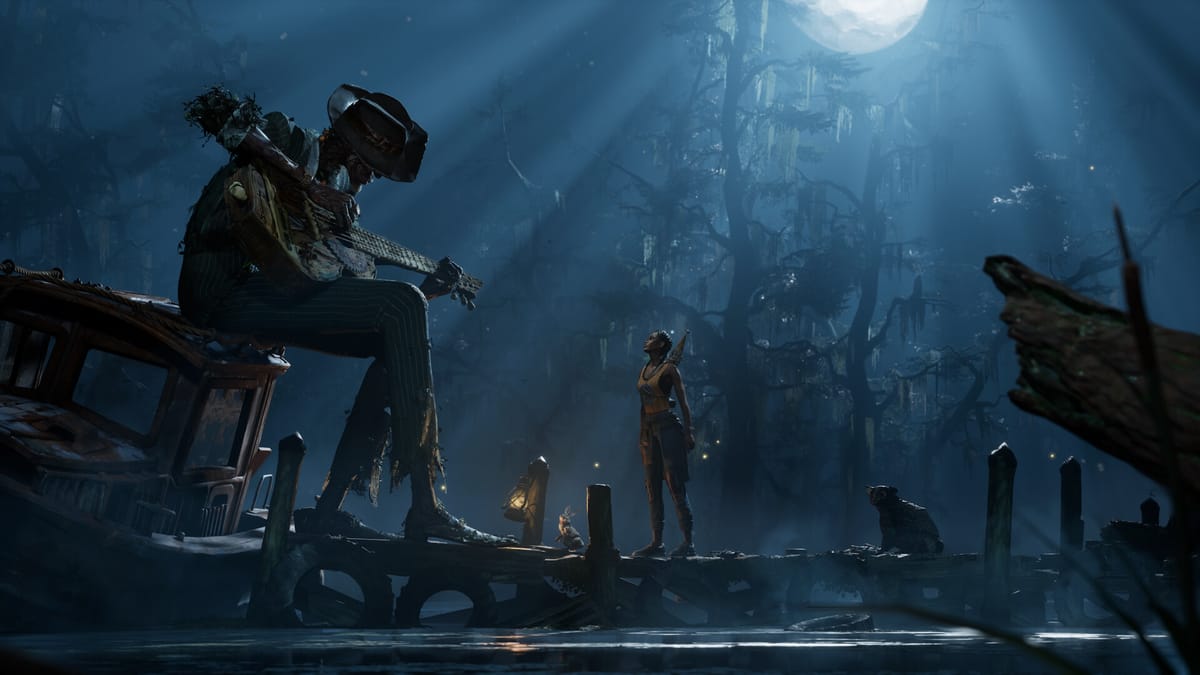
In positive and negative ways, South of Midnight feels like a very pretty PS2 game. Admittedly, the art design is stunning, and is underpinned by technical chops; it’s the act of playing it that will take you back. A linear, action adventure game that’s heavy on simple platforming and combat arenas. Collectibles along the way, storybook insert cutscenes. It’s all there.
As the game progresses, moving around the limited world gets more engaging and varied. However, every new ability or gimmick feels like it came from the approved list of PS2 mechanics: you can now double jump, you can now grapple on a specific point, you can now glide, you can now walk run. These all feel good enough but they also feel very throwback, segmented even. It is not a game of flow, it is a game of separated mechanics where you do the one thing in the one space. A linear game with limited exploration to get collectibles.
It all operates in this limited mode, a game of few surprises and one where you can only go through the motions. It is certainly elevated by aesthetic, music and narrative, though. The story is a refreshing one, it’s set in the present day but you — as the lead — find yourself exploring the mythology of the Deep South. It’s southern gothic and delectably so, a story about identity and how the wounds of the past exist in the present. The game uses the metaphor of seeing a hidden fantasy world as a way of exploring the harsh realities and pains hidden off from us. interrogating the fantastical is really just a way to confront reality, to surface hidden pains.
It’s a compelling narrative framework that is well facilitated. The A story is effective in its simplicity, a flood washes away your mother‘s home with her in it and your overriding mission is to find her. Following this broader plot means engaging with all kinds of things along the way, and discovering you have the powers of a ‘weaver’, mystical abilities that are symbolically linked to healing. In gameplay terms, this is the foundation of a melee combat system where you can freeze, push and grab enemies, and more. Perfect dodges inflict damage and when an enemy’s health runs out, you have to unravel them which (with upgrade) does area of effect damage and heals you. There’s a theoretically strong flow and clear enemy types introduced slowly. Combat is serviceable but a few decisions away from good. The special abilities feel like a more limited version of The Force Unleashed and combat is, in general, hard to parse. It’s an aesthetic forward game with clever visual tricks where things animate in a syncopated way that impressively conveys a stop motion style look. In practice, it’s just not very readable. You are in too close thanks to a poor camera and it’s a reactive combat system where enemies and their attacks aren’t designed in a way that makes them clear to react to. Aesthetic first design makes combat a chore and this is further hampered by punishing cool-downs. You have few abilities, upgrades aren’t that meaningful and you hardly ever get to use your skills. How skills interface with foes can be dynamic and is where combat gets interesting, with synergistic strategies opened up. You can just never really do anything.
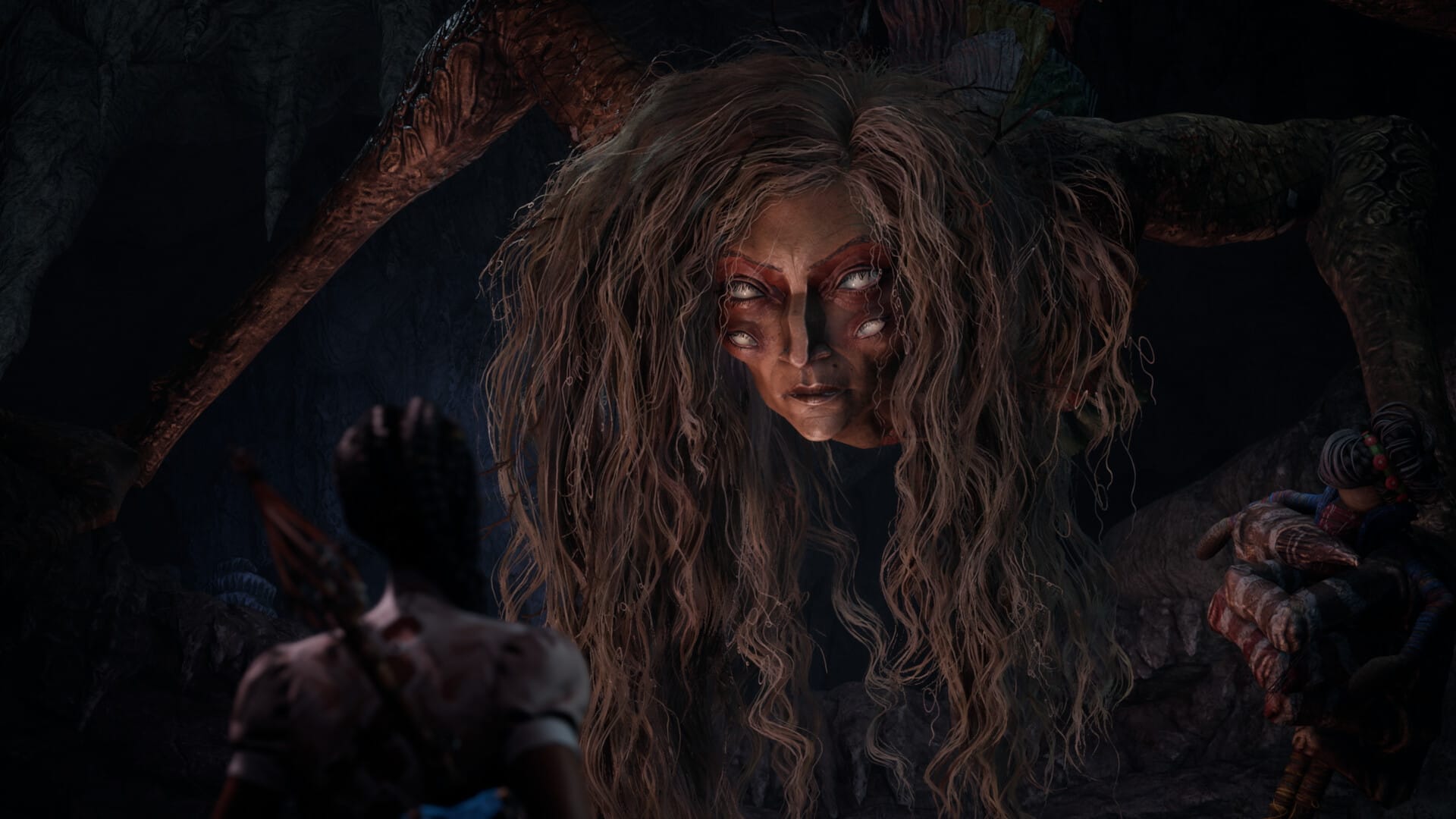
Combat is a roadblock that is confined to clear arenas. It is refreshing to know that combat won’t interrupt anything else, especially as traversal is the game in its strongest suit, yet it is another example of the game feeling very fragmented. The separation of combat only helps because combat isn’t very good and this separation makes it feel irrelevant. It’s there to fulfil expectation, nothing else. The narrative also feels segmented, though each movement is compelling, structure works against it. The A plot is evidently an excuse for episodic B plots per chapter, each a story focused on an area and the pains within it. Content is mature and well handled, engaging with racial legacies of subjugation, gendered struggle, class struggle and more. It’s deft in presentation and very well written. Because of the game being repetitive on an interactive layer, though, these episodes start to also feel a tad perfunctory. Each is strong but the one after another structure in a game that never really breaks out of a fixed, repetitive mode is a problem. It’s not a long game — 12-15 hours — but it feels too long because of how little things diverge. Stories are varied and compel on their own terms, but this is really dragged down by the weight of familiarity around it.
Boss fights are good, though. These often factor in platforming and, while the quirks of the combat system to surface here also, it’s a better game in these curated encounters. The final encounter is sadly the weakest, though the moment after is satisfying in its restraint. Bosses are mostly good due to the game’s real highlight: music. The soundtrack is superb, a mix of vocal and instrumental tracks rooted in southern folk traditions. It’s phenomenal stuff but it’s the use of it that’s truly excellent. Tracks build up through levels, best shown in bosses where vocal tracks hit that start to tell you the tales of the boss — building up with each stage. These encounters just feel brilliant because of this, elevating the experience above mechanics.
A lot of the time, South of Midnight finds this experiential mode. It can feel rote to play but the tried and tested mechanics give it a soothing familiarity that, when combined with superlative music and art direction, creates such a pleasing mode. You can just wallow in it, simplicity foregrounding the actual strengths and making this impressive. It’s just that it starts to work against itself, lacking a progression or variation that the visual and audio design has — and combat being a sticking point — so that what’s special starts to fade away. In moments, this is excellent; when taken as a whole, it doesn’t quite come together.


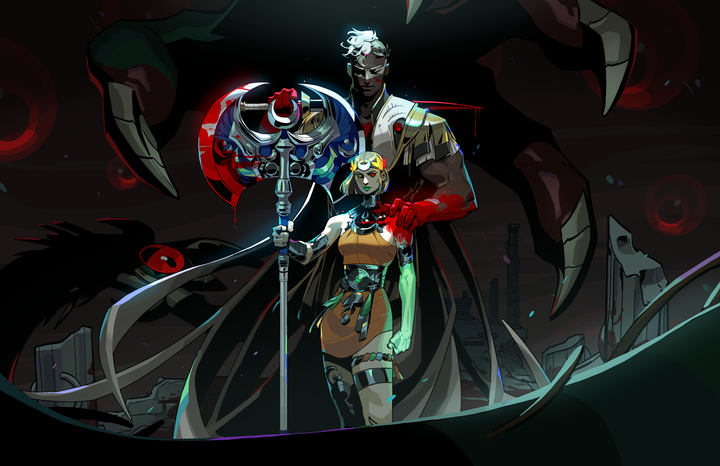
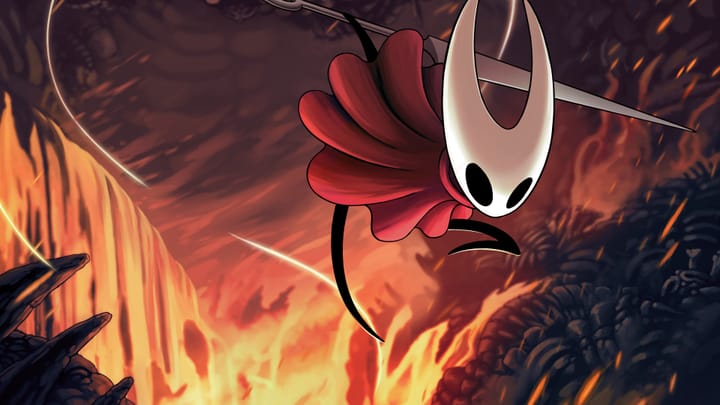
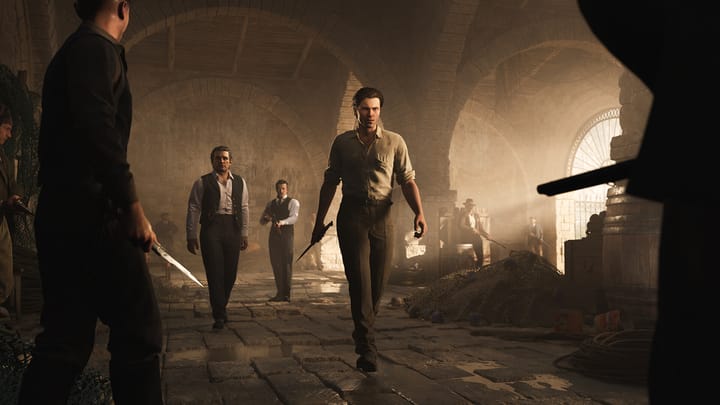
Comments ()